Home>Garden Essentials>What Is The Difference Between Synthetic Grass And Artificial Grass
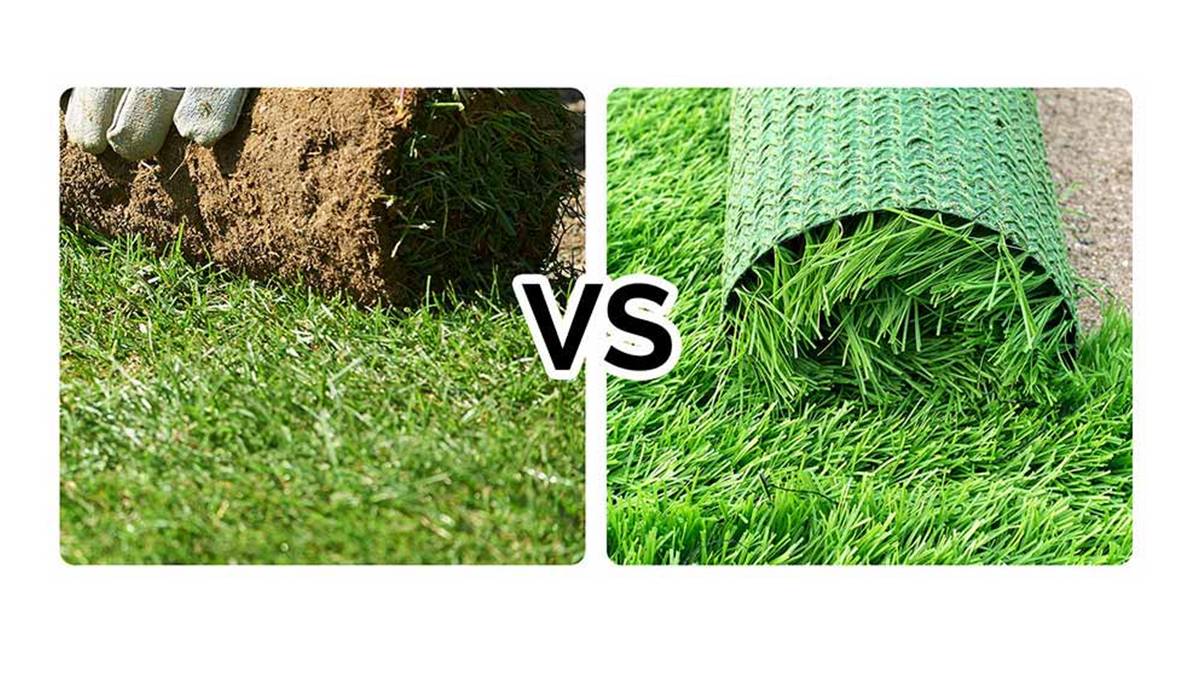

Garden Essentials
What Is The Difference Between Synthetic Grass And Artificial Grass
Modified: September 2, 2024
Discover the difference between synthetic grass and artificial grass for your garden. Find out which option is best for your landscaping needs.
(Many of the links in this article redirect to a specific reviewed product. Your purchase of these products through affiliate links helps to generate commission for Storables.com, at no extra cost. Learn more)
Introduction
When it comes to creating a beautiful and low-maintenance garden, many homeowners turn to synthetic grass or artificial grass as an alternative to natural turf. These options offer numerous benefits, such as reduced water consumption, decreased maintenance requirements, and year-round greenery. However, despite the similar names, there are distinct differences between synthetic grass and artificial grass that savvy homeowners should be aware of before making a decision.
In this article, we will explore the key differences between synthetic grass and artificial grass. We will discuss their material composition, appearance and texture, installation process, durability and maintenance requirements, as well as their environmental impact.
By the end of this article, you will have a clear understanding of what sets these two types of grass apart, allowing you to make an informed decision that suits your needs and preferences.
Key Takeaways:
- Synthetic grass and artificial grass offer low-maintenance, durable alternatives to natural turf, reducing water consumption and eliminating the need for regular upkeep.
- Synthetic grass provides a natural look and soft feel, while artificial grass offers a uniform appearance and excellent durability, both contributing to a beautiful, hassle-free garden.
Definition of Synthetic Grass
Synthetic grass, also known as synthetic turf or fake grass, is a man-made alternative to natural grass. It is crafted using a combination of materials, typically including polyethylene or polypropylene fibers, which are then woven or tufted into a backing material.
One of the primary features of synthetic grass is its ability to mimic the look and feel of real grass. Its blades are designed to replicate the appearance of natural grass blades, and a variety of colors and textures are available to create a realistic effect. The backing material provides stability and durability to the synthetic grass.
Synthetic grass is often used for residential lawns, sports fields, and commercial landscapes. It offers several advantages over natural grass, including the ability to maintain a lush, green lawn regardless of climate or weather conditions. Additionally, synthetic grass requires minimal maintenance, as it does not need watering, mowing, or fertilizing.
Another benefit of synthetic grass is its longevity. When properly installed and cared for, synthetic grass can last for many years, withstanding heavy foot traffic and various weather conditions. It is also resistant to fading, ensuring that your lawn remains vibrant and green for an extended period.
The installation process for synthetic grass involves carefully preparing the ground and applying a layer of compacted base material. The synthetic grass is then installed and secured using adhesive or nails, and any necessary infill material is added to provide stability and cushioning. The result is a seamless and durable surface that is ready for use.
Overall, synthetic grass offers homeowners a low-maintenance, long-lasting, and visually appealing alternative to natural grass. It is a popular choice for individuals who want a beautiful lawn without the hassle of regular maintenance and upkeep.
Definition of Artificial Grass
Artificial grass, sometimes referred to as fake grass or synthetic turf, is a manufactured alternative to natural grass. It is designed to replicate the appearance and texture of real grass, providing a lush and green outdoor space without the need for traditional grass maintenance.
Artificial grass is typically made from a blend of synthetic materials, such as polyethylene or polypropylene, which are combined to create durable and resilient grass-like fibers. These fibers are then attached to a backing material, which provides stability and support.
One of the key features of artificial grass is its ability to closely resemble the look and feel of natural grass. The blades of artificial grass are carefully crafted to mimic the characteristics of real grass blades, including their shape, color, and texture. This attention to detail helps create a realistic and visually appealing grass surface.
Artificial grass is commonly used in residential gardens, commercial landscapes, and sports fields. It offers numerous benefits over natural grass, including the ability to maintain a consistently green and manicured lawn throughout the year. Regardless of weather conditions or usage, artificial grass maintains its vibrant appearance and does not require regular watering, mowing, or fertilizing.
Installation of artificial grass typically involves preparing the ground by removing any existing vegetation, leveling the surface, and adding a layer of compacted base material. The artificial grass is then rolled out and secured to the ground using adhesive or turf nails. Finally, infill material, such as silica sand or rubber granules, may be added to provide stability and cushioning.
Artificial grass offers homeowners a low-maintenance and long-lasting solution for a beautiful lawn. It is highly durable and can withstand heavy foot traffic, making it an ideal choice for areas that receive frequent use. Additionally, artificial grass is resistant to fading from sunlight exposure, ensuring that your lawn remains vibrant and lush for years to come.
Overall, artificial grass provides a practical and visually appealing alternative to natural grass. It allows homeowners to enjoy a green and manicured lawn without the hassle of regular maintenance, making it a popular choice for individuals seeking a hassle-free outdoor space.
Differences in Material Composition
Although both synthetic grass and artificial grass are man-made alternatives to natural grass, they differ in terms of their material composition.
Synthetic grass is typically constructed using polyethylene or polypropylene fibers that are woven or tufted into a backing material. These fibers are designed to closely resemble the appearance and texture of natural grass blades. The backing material provides stability and support to the synthetic grass.
On the other hand, artificial grass is also made from a blend of synthetic materials, such as polyethylene or polypropylene, which are combined to create grass-like fibers. However, the construction of artificial grass may also include other components, such as nylon or polyester, which enhance its durability and resilience. The backing material of artificial grass is typically made from a combination of latex and polyurethane.
While both synthetic grass and artificial grass share similar materials, the specific composition and construction processes can vary between manufacturers. Different blends of fibers and backing materials are used to create different types and qualities of synthetic and artificial grass.
The variation in material composition can impact key characteristics of the grass, including its durability, appearance, and feel. For example, certain types of synthetic grass may have softer fibers that closely mimic the texture of real grass, while others may have a slightly coarser feel. Likewise, the backing material of artificial grass can affect its stability and longevity.
When considering synthetic grass or artificial grass for your garden, it is essential to understand the specific material composition of the product and how it aligns with your desired aesthetics and functionality.
In summary, synthetic grass and artificial grass differ in their material composition. Synthetic grass is primarily made from polyethylene or polypropylene fibers, while artificial grass incorporates a blend of synthetic materials, including additional components like nylon or polyester. Understanding these differences can help you choose the type of grass that best suits your preferences and needs.
Differences in Appearance and Texture
While synthetic grass and artificial grass may appear similar at first glance, there are notable differences in their appearance and texture.
Synthetic grass is designed to closely resemble the look and feel of natural grass. The blades of synthetic grass are crafted to imitate the shape and color of real grass blades, offering a realistic and visually appealing lawn. It is available in a variety of colors and textures to mimic different types of grass species. Synthetic grass can create a lush and perfectly manicured appearance, enhancing the overall aesthetics of your garden.
On the other hand, artificial grass also aims to mimic the appearance of natural grass but may have a slightly different texture. The blades of artificial grass are typically thicker and stiffer compared to synthetic grass. This can give artificial grass a more uniform and upright appearance. However, advancements in technology have allowed manufacturers to create artificial grass with softer and more realistic textures that closely resemble natural grass.
When it comes to the overall visual effect, both synthetic grass and artificial grass can provide a beautiful and green lawn. The choice between the two often comes down to personal preference. Some homeowners prefer the softer and more natural feel of synthetic grass, while others appreciate the uniform and consistent appearance of artificial grass.
Another aspect to consider is how the grass will react underfoot. Synthetic grass tends to have a softer and more cushioned feel, making it comfortable to walk or play on. The blades have more flexibility, allowing them to bend under pressure and provide a natural experience. In contrast, artificial grass may feel slightly stiffer due to its thicker blades and firmer composition.
In summary, while both synthetic grass and artificial grass can create beautiful and realistic-looking lawns, they may differ in terms of appearance and texture. Synthetic grass closely resembles the look and feel of natural grass, with softer blades and a more natural bend. Artificial grass, on the other hand, may have a slightly different texture with thicker and stiffer blades. Ultimately, the choice between the two depends on personal preference and the desired aesthetic outcome for your garden.
Synthetic grass and artificial grass are often used interchangeably, but there is a difference. Synthetic grass is made from synthetic materials like nylon or polyethylene, while artificial grass can also include natural materials like rubber or sand infill.
Differences in Installation Process
The installation process for synthetic grass and artificial grass varies, and understanding these differences can help you make an informed decision based on your specific needs and preferences.
Installing synthetic grass typically involves the following steps:
- Site Preparation: The area where the grass will be installed is cleared of any existing vegetation and debris. The ground is leveled to ensure a smooth and even surface.
- Base Construction: A layer of compacted base material, such as crushed stone or gravel, is added to create a stable foundation for the synthetic grass to be placed on. This base helps with drainage and provides support.
- Laying the Grass: The synthetic grass is rolled out on the prepared surface, making sure to align the seams properly. The edges are secured using adhesive or turf spikes.
- Infill Application: Depending on the type of synthetic grass, an infill material such as silica sand or rubber granules may be added to improve stability, provide cushioning, and support the fibers.
- Brushing and Finishing: The synthetic grass is brushed to ensure the fibers stand upright and create a natural appearance. Any excess infill material is removed, and the surface is thoroughly cleaned.
On the other hand, the installation process for artificial grass may involve the following steps:
- Site Preparation: Similar to synthetic grass installation, the area is cleared and leveled to create a smooth surface.
- Base Construction: A base material, usually a mixture of crushed stone and sand, is added and leveled to create a stable foundation.
- Laying the Grass: The artificial grass is rolled out on the prepared surface, ensuring proper alignment of the seams. The edges are fastened using nails or staples.
- Infill Application: An infill material, such as silica sand or rubber granules, is spread across the grass surface. The infill helps provide stability, support, and cushioning.
- Brushing and Finishing: Similar to synthetic grass, the artificial grass is brushed to ensure the fibers stand upright and create a natural look. Any excess infill material is removed, and the surface is cleaned and inspected.
Overall, the installation process of synthetic grass and artificial grass follows a similar sequence, with slight variations depending on the manufacturer and specific product. Both types of grass require proper site preparation, base construction, and securing of the edges. The addition of infill material is common for both, as it helps enhance stability and cushioning.
It is worth noting that while DIY installation is possible, seeking professional help can ensure a seamless and long-lasting result. Professional installers have the necessary expertise and equipment to properly install synthetic grass or artificial grass, ensuring optimal performance and aesthetic appeal.
When considering synthetic grass or artificial grass for your garden, be sure to consult with professionals who can guide you through the installation process and assist in selecting the best option for your specific requirements.
Differences in Durability and Maintenance
When comparing synthetic grass and artificial grass, it’s important to consider their differences in terms of durability and maintenance requirements. Understanding these factors will help you make an informed decision based on your desired level of upkeep and long-term durability.
Synthetic grass is known for its durability. When properly installed and maintained, it can withstand heavy foot traffic and various weather conditions, including extreme heat and cold. The materials used in synthetic grass, such as polyethylene or polypropylene fibers, are designed to withstand wear and tear. Some types of synthetic grass even come with added features like UV resistance, which helps prevent fading due to prolonged exposure to sunlight.
In terms of maintenance, synthetic grass requires minimal effort. Unlike natural grass, it does not need regular watering, mowing, or fertilizing. However, some basic maintenance tasks will ensure optimal performance and longevity. These may include periodic brushing to keep the fibers upright, removing debris or leaves, and occasionally rinsing the surface with water to remove any accumulated dirt or pet waste.
Artificial grass, like synthetic grass, is also designed to be durable. With proper installation and maintenance, it can withstand heavy use and changing weather conditions. The synthetic materials used in artificial grass, including polyethylene or polypropylene fibers, provide excellent durability and resilience.
When it comes to maintenance, artificial grass is similarly low-maintenance. It does not require watering, mowing, or fertilizing. Like synthetic grass, regular brushing to keep the fibers upright and removing debris or leaves is recommended. Additionally, occasional rinsing of the surface is beneficial to maintain cleanliness.
One consideration with artificial grass is that it may require infill material, such as silica sand or rubber granules, to enhance stability and cushioning. Over time, the infill may need replenishing, especially if it gets displaced or compacted. However, this maintenance task is relatively straightforward and infrequent.
Overall, both synthetic grass and artificial grass offer excellent durability and minimal maintenance requirements. The key difference lies in the potential need for infill material in artificial grass. However, when it comes to regular care, both types of grass are relatively easy to maintain and provide long-lasting performance.
It is important to note that regular maintenance practices, such as brushing and removing debris, will not only keep the grass looking its best but also prolong its lifespan. Additionally, following manufacturer’s guidelines and seeking professional advice can help ensure proper maintenance and maximize the longevity of your chosen grass type.
Differences in Environmental Impact
When considering synthetic grass and artificial grass, it is essential to examine their differences in terms of environmental impact. While both options offer certain environmental benefits compared to natural grass, there are considerations to keep in mind.
Synthetic grass, being made from materials like polyethylene or polypropylene, is not biodegradable. This means that at the end of its lifespan, synthetic grass will not break down naturally in the environment. Disposal of synthetic grass can be a concern and may contribute to landfill waste.
However, it’s important to note that synthetic grass has several inherent environmental advantages. Firstly, it significantly reduces water consumption as it does not require regular watering like natural grass. This can help conserve water resources, particularly in dry or water-scarce regions.
Moreover, synthetic grass eliminates the need for harmful pesticides, herbicides, and fertilizers that are typically used to maintain natural grass. This reduces chemical runoff into waterways, protecting the ecosystem and supporting a healthier environment.
Artificial grass, on the other hand, also offers water conservation benefits because it does not require regular watering. This can help reduce water consumption and alleviate strain on local water supplies.
Similar to synthetic grass, artificial grass eliminates the need for pesticides, herbicides, and fertilizers, promoting a chemical-free environment. This reduces the risk of groundwater contamination and minimizes environmental damage.
However, it is worth noting that the production of artificial grass often involves the use of synthetic materials, including the backing and infill materials. These materials may have environmental implications, especially when it comes to manufacturing and disposal. As such, it is crucial to consider the manufacturer’s commitment to sustainable practices and the potential for recycling or reusing the artificial grass at the end of its lifespan.
When it comes to the overall environmental impact, both synthetic grass and artificial grass can significantly reduce water consumption and minimize the need for harmful chemicals. While synthetic grass may pose concerns in terms of waste disposal, both options provide eco-friendly alternatives to natural grass maintenance.
To make a more informed decision, it is advisable to research and choose products from manufacturers who prioritize sustainability, recyclability, and responsible manufacturing practices.
In summary, both synthetic grass and artificial grass have environmental benefits compared to natural grass. They reduce water consumption, eliminate the need for harmful chemicals, and require minimal maintenance. However, consideration should be given to the non-biodegradable nature of synthetic grass and the materials used in artificial grass production. By selecting environmentally conscious manufacturers and exploring potential recycling options, you can further lessen the environmental impact of your chosen grass type.
Conclusion
Choosing between synthetic grass and artificial grass may seem like a daunting task, but understanding the differences between these two options can help you make an informed decision. Both synthetic grass and artificial grass offer numerous benefits over natural grass, including reduced water consumption, minimal maintenance requirements, and year-round greenery.
Synthetic grass, crafted with polyethylene or polypropylene fibers, closely replicates the look and feel of natural grass. Its installation process involves careful preparation of the ground, ensuring a stable and durable surface. Synthetic grass is known for its durability, longevity, and soft texture. It requires minimal upkeep, making it an attractive choice for homeowners seeking a low-maintenance lawn.
Artificial grass, made from a blend of synthetic materials, provides a visually appealing alternative to natural grass. Its installation process is similar to synthetic grass but may involve additional material such as infill. Artificial grass offers durability, easy maintenance, and consistent visual appeal. Advances in technology have allowed for the creation of softer textures that closely mimic the feel of real grass.
When comparing the two options, it’s important to consider factors such as material composition, appearance and texture, installation process, durability, maintenance requirements, and environmental impact.
While synthetic grass offers a natural look and softer feel, artificial grass provides a uniform appearance and excellent durability. Synthetic grass may require minimal infill, while artificial grass may need occasional replenishment. Both types, however, significantly reduce water consumption and eliminate the need for harmful chemicals.
Ultimately, the choice between synthetic grass and artificial grass depends on your personal preferences, desired aesthetics, and specific garden requirements. Consider factors like your desired level of maintenance, visual appeal, and environmental impact when making a decision.
By understanding the distinctions between synthetic grass and artificial grass, you can select the option that best suits your needs, creating a beautiful, low-maintenance garden that will bring you joy for years to come.
Frequently Asked Questions about What Is The Difference Between Synthetic Grass And Artificial Grass
Was this page helpful?
At Storables.com, we guarantee accurate and reliable information. Our content, validated by Expert Board Contributors, is crafted following stringent Editorial Policies. We're committed to providing you with well-researched, expert-backed insights for all your informational needs.
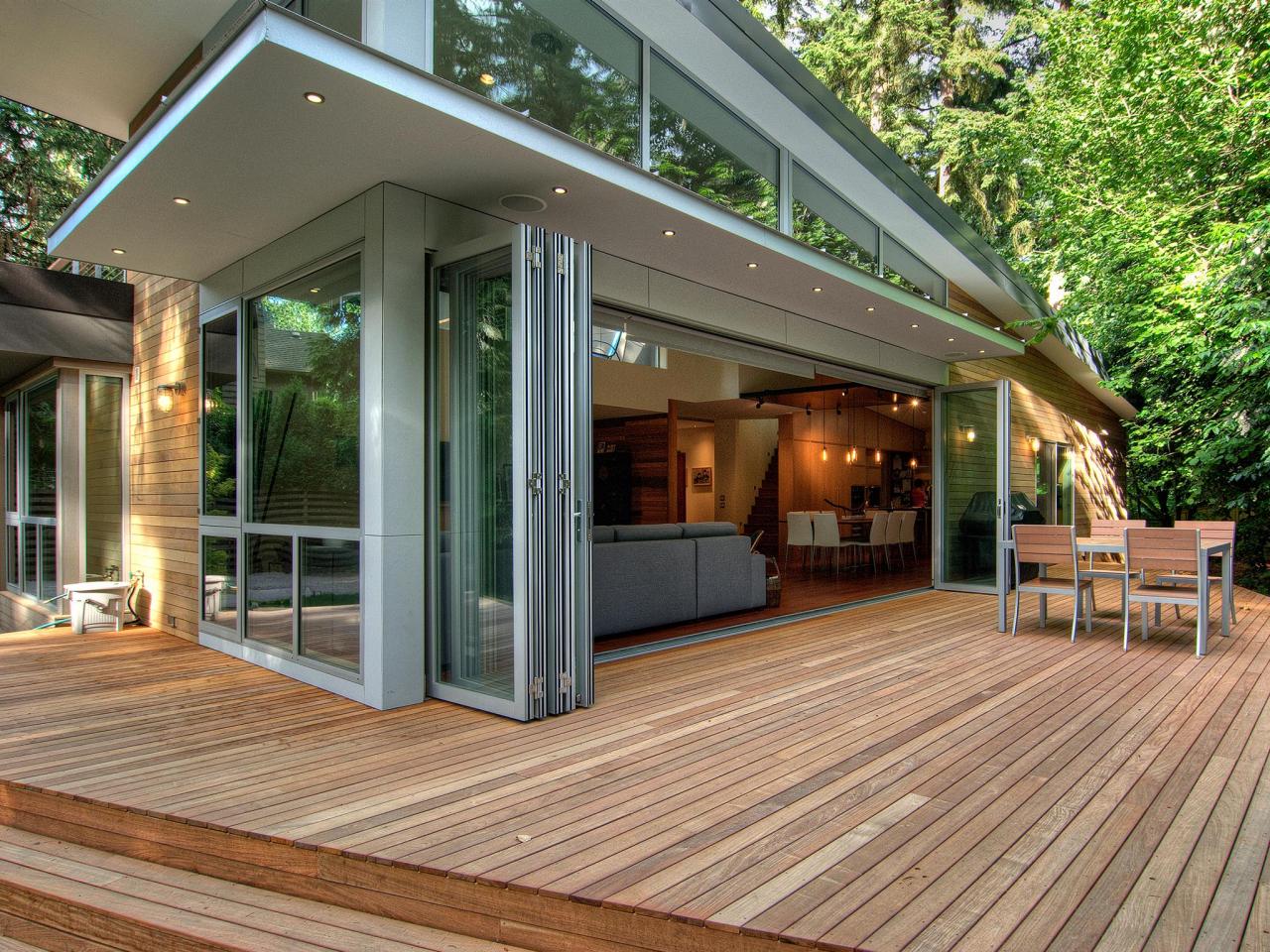
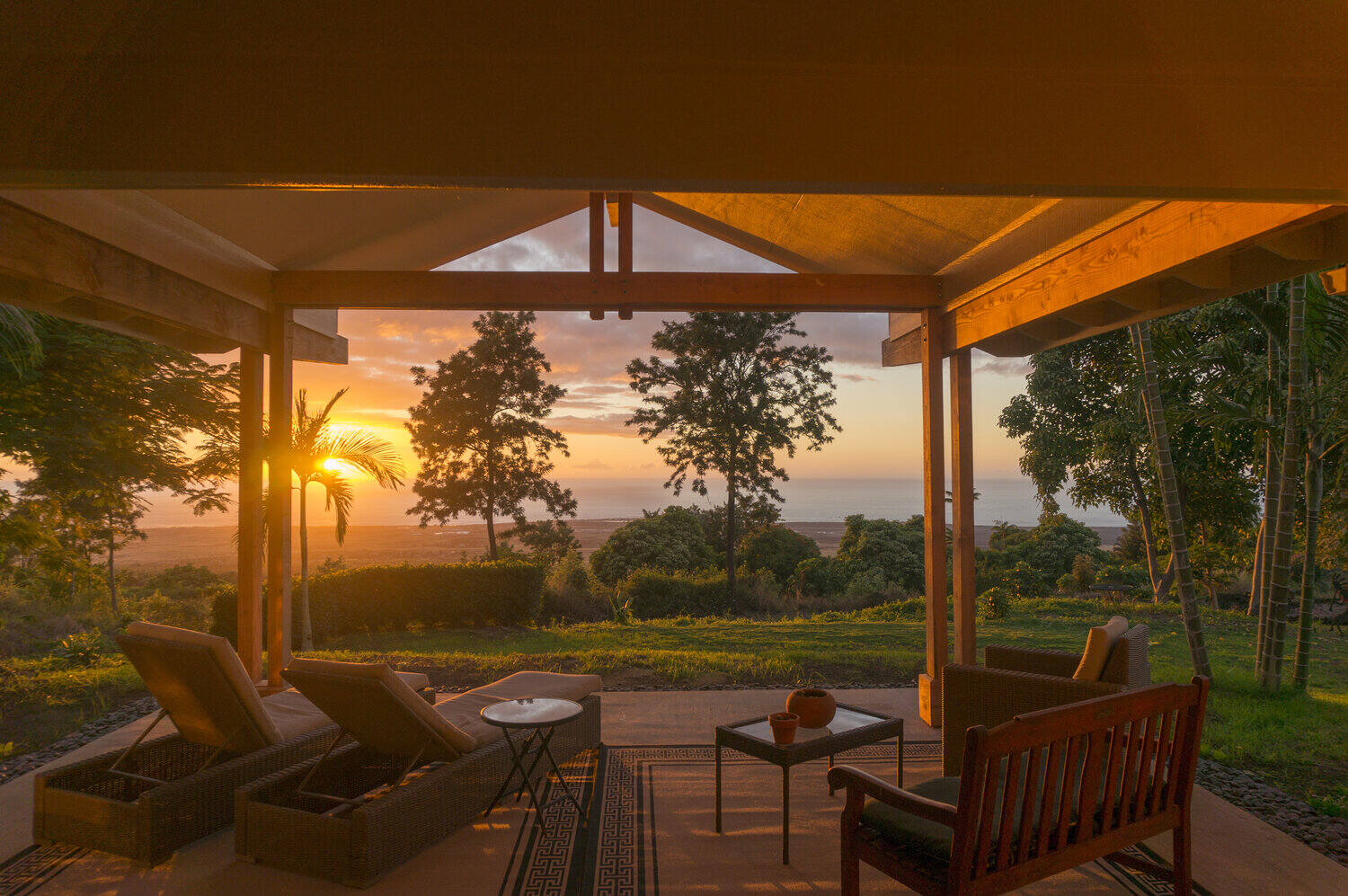
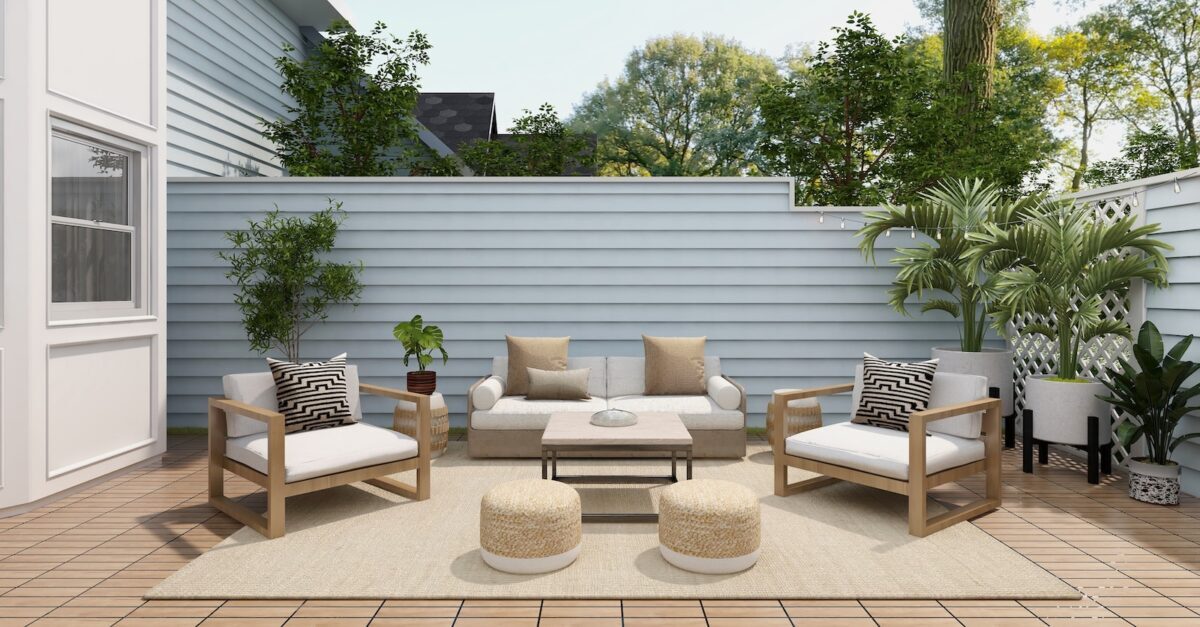

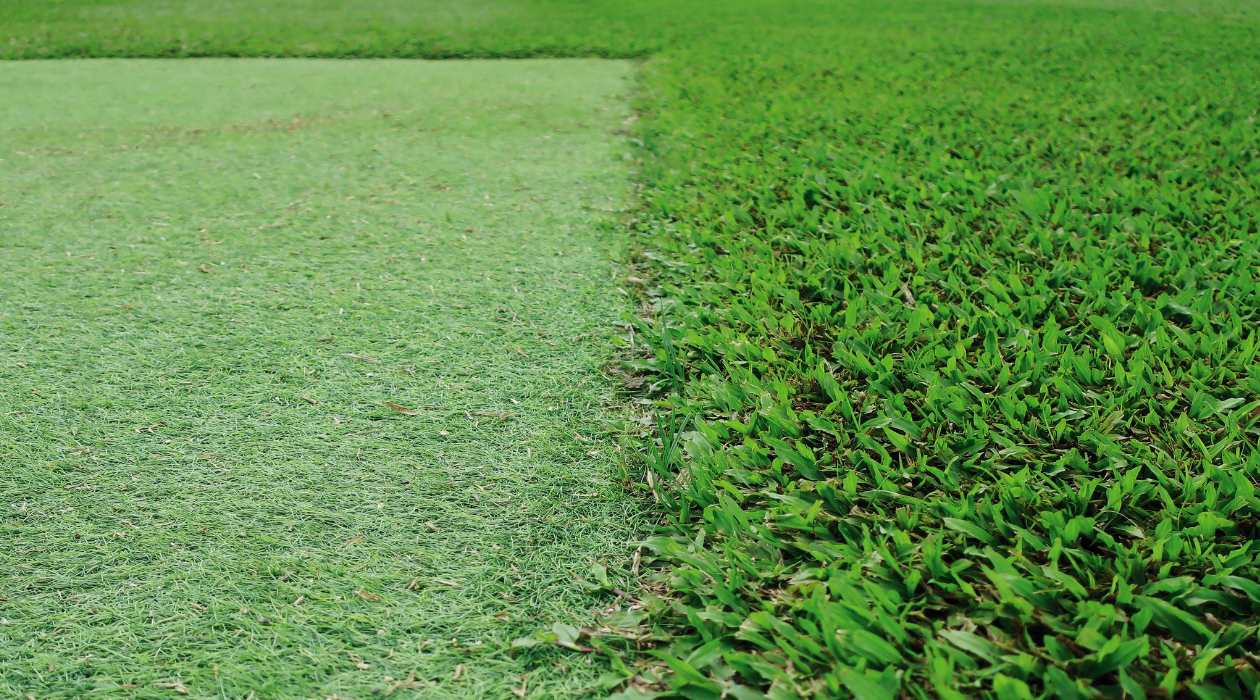
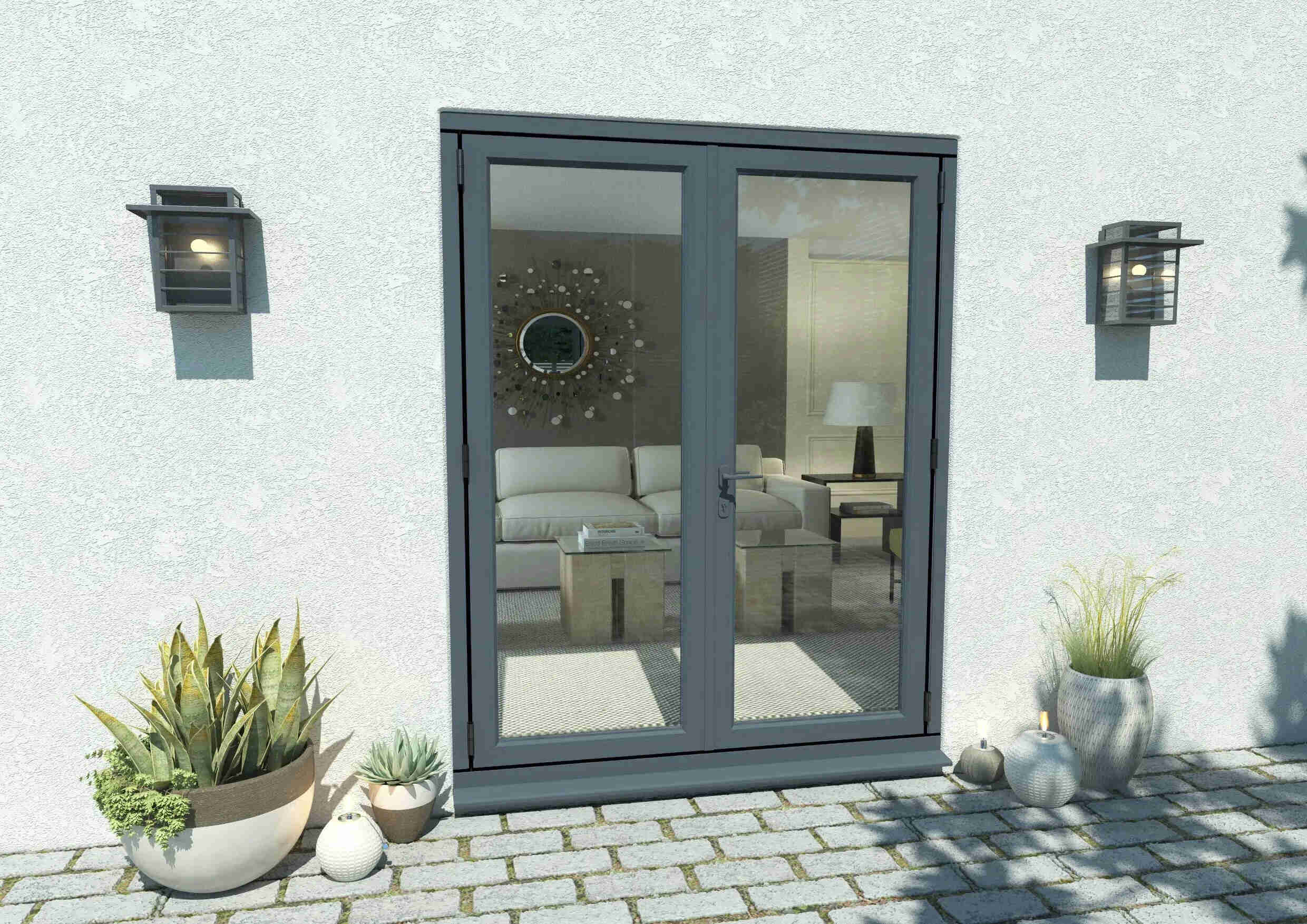
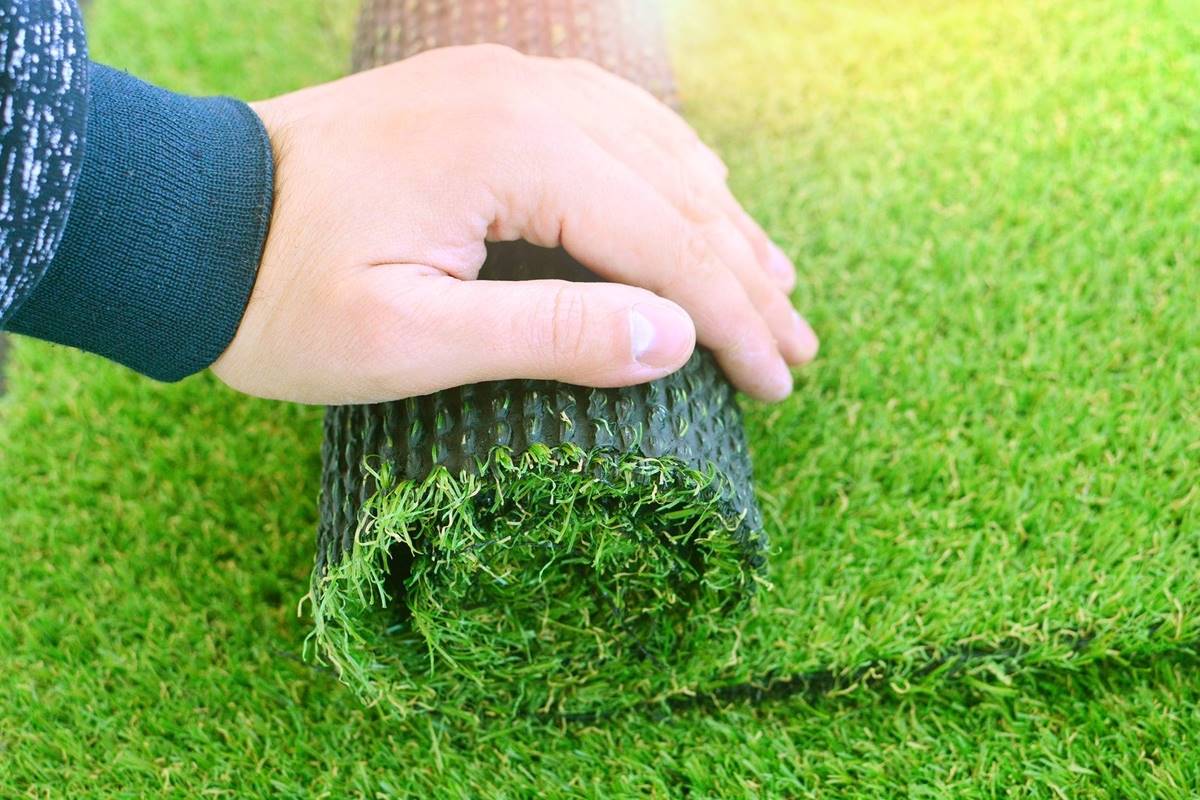
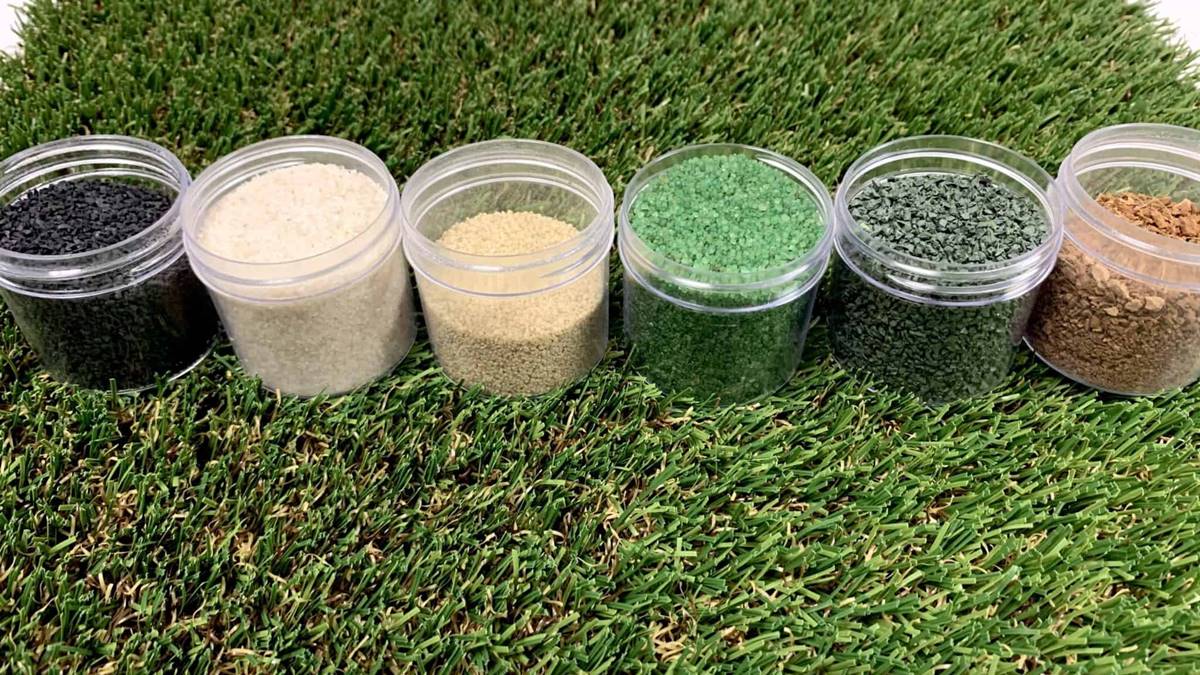

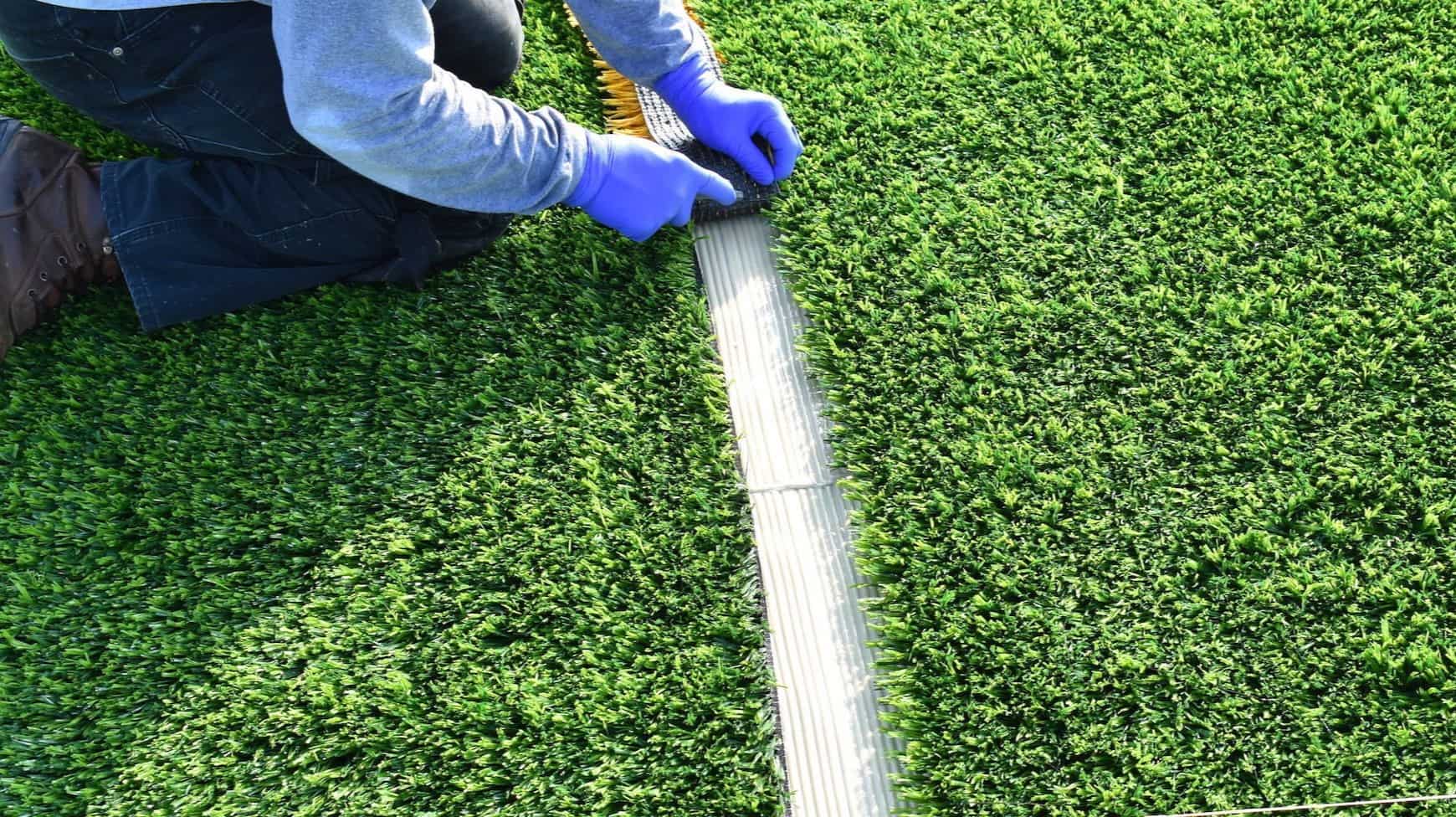

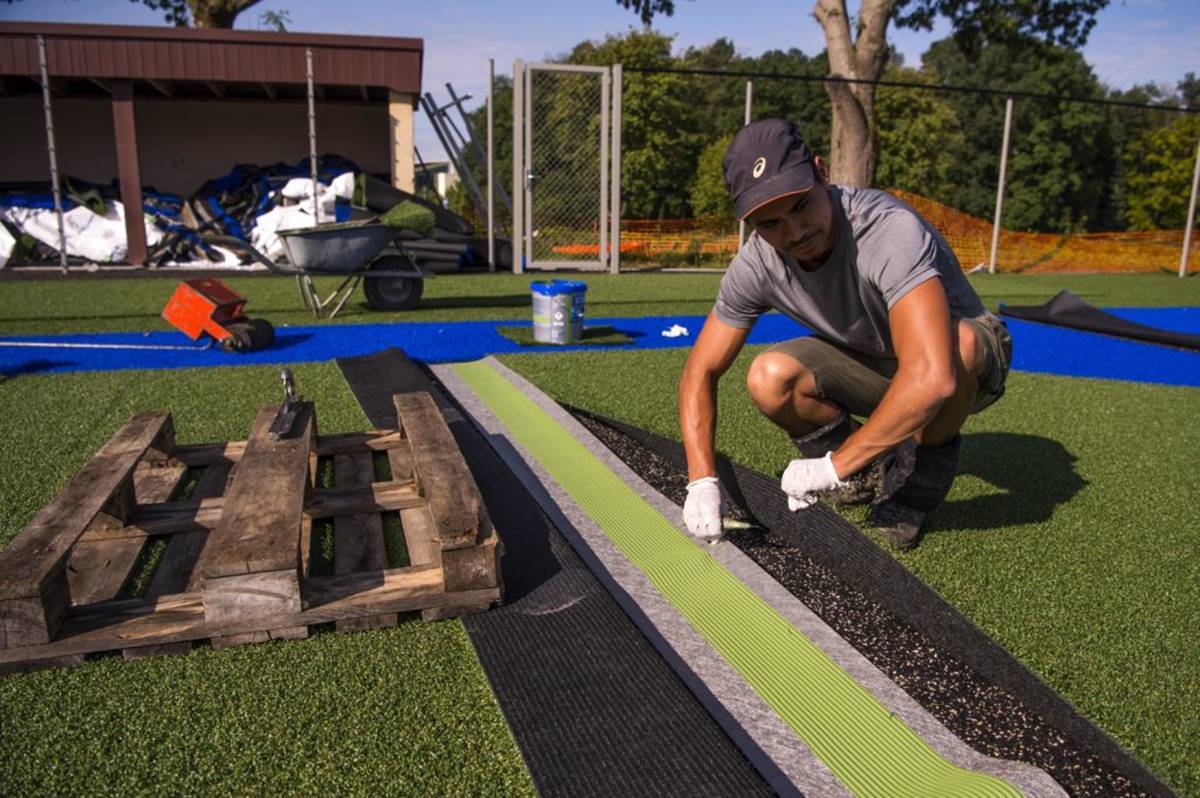
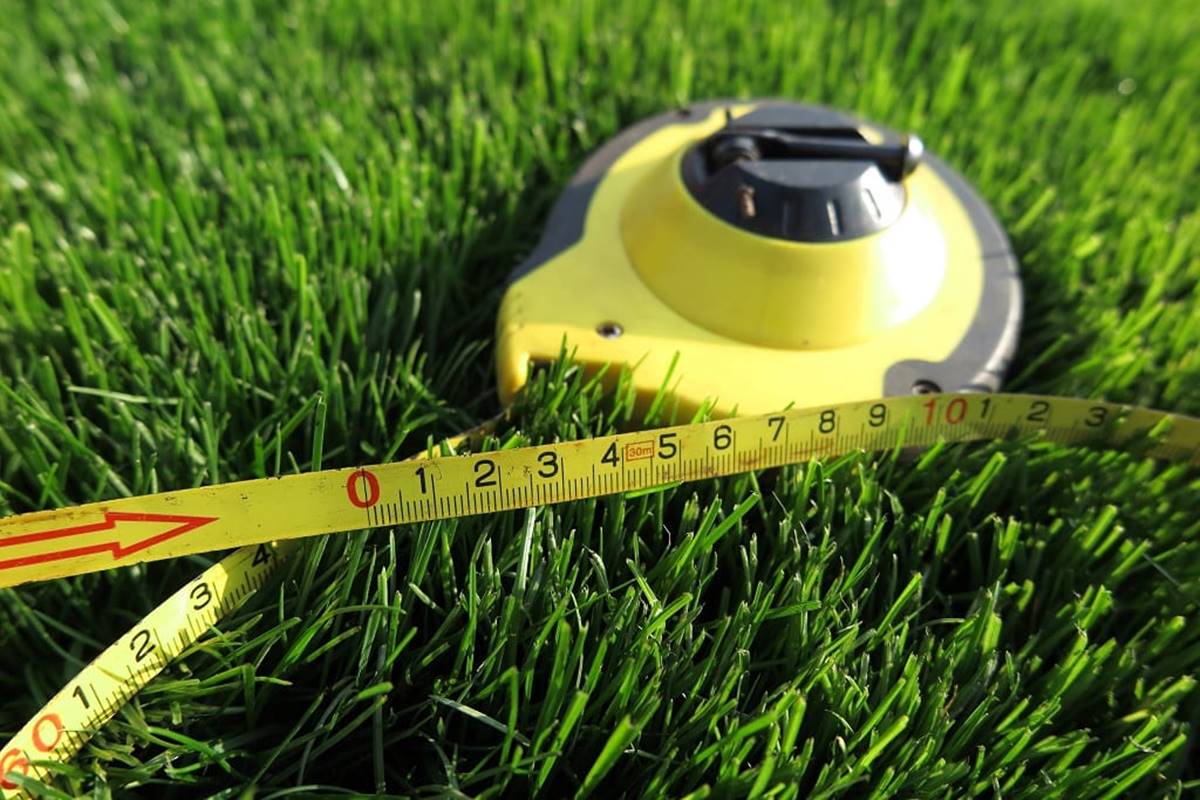
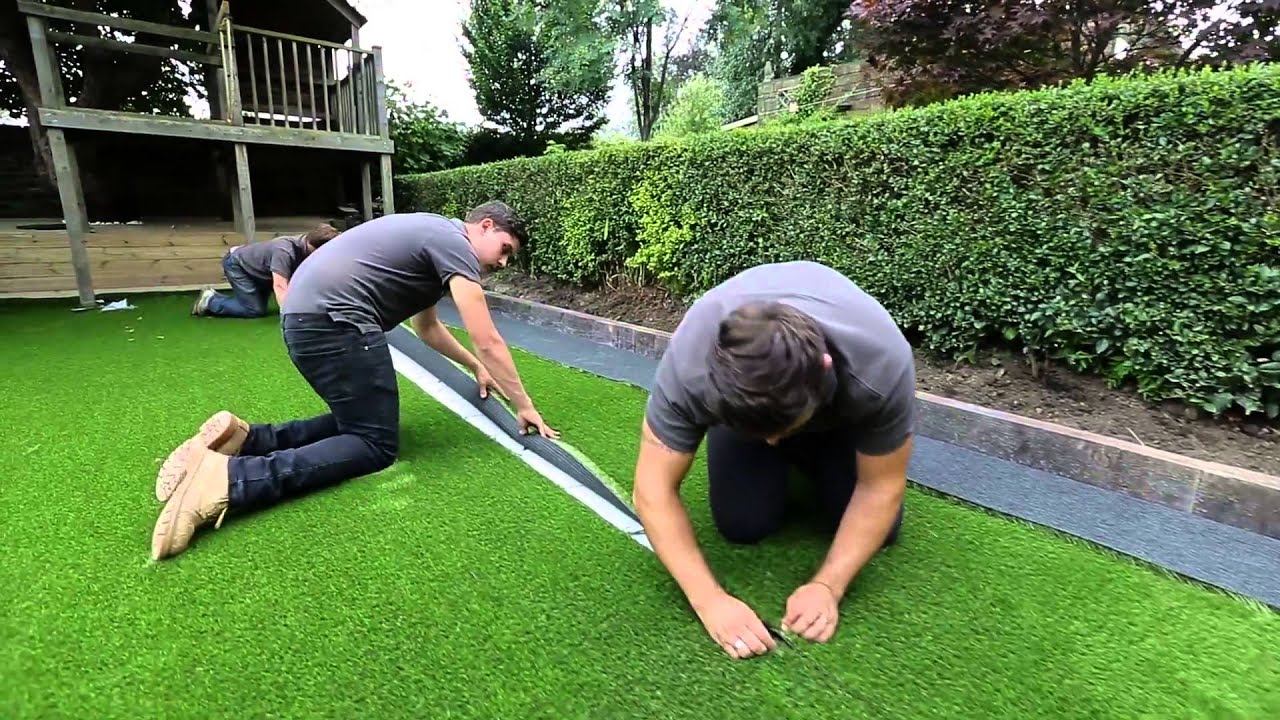

0 thoughts on “What Is The Difference Between Synthetic Grass And Artificial Grass”